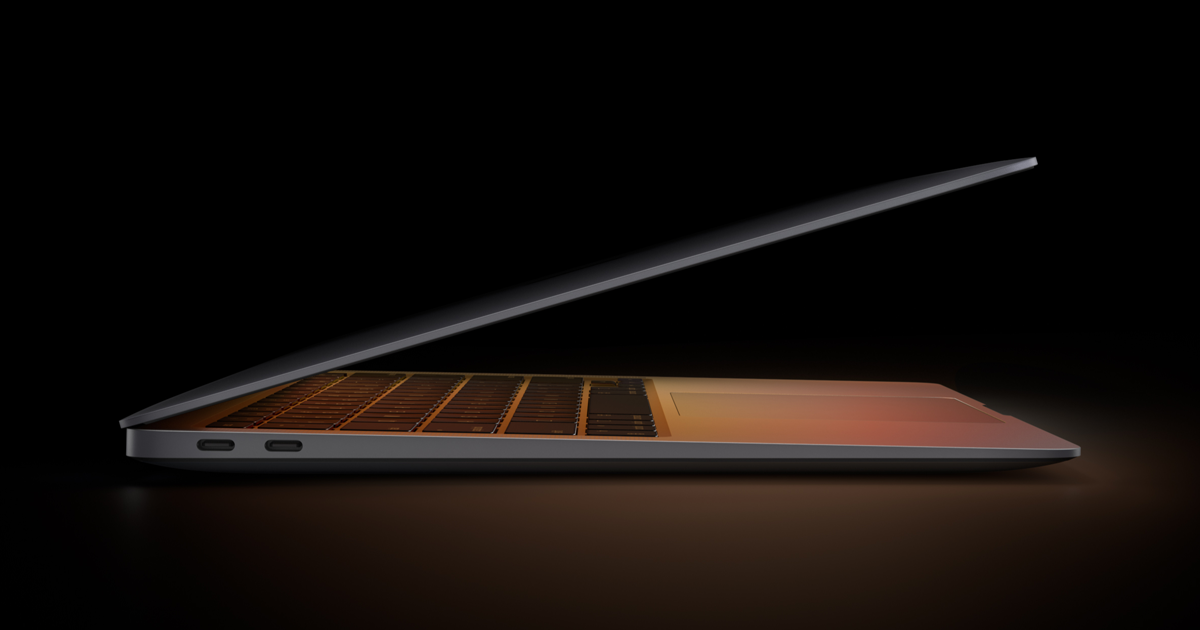MAC M1

In the realm of technological advancements, few names resonate as strongly as Apple Inc. With each innovation, Apple reshapes the landscape of consumer electronics. In late 2020, Apple introduced a groundbreaking leap forward in computing with the release of its in-house designed M1 chip. This article explores the significance of the M1 chip, its impact on the computing industry, and the transformative potential it holds.
The Birth of M1:
The M1 chip represents a culmination of Apple’s relentless pursuit of innovation. Developed in-house, the M1 is the first ARM-based system-on-chip (SoC) designed specifically for Mac computers. Apple’s decision to transition from Intel processors to its custom silicon marked a strategic shift aimed at enhancing performance, efficiency, and integration across its product lineup.
Performance Revolution:
One of the most striking features of the M1 chip is its remarkable performance. Leveraging a unified architecture that integrates CPU, GPU, and other key components onto a single chip, the M1 delivers unparalleled speed and efficiency. Benchmarks reveal significant improvements in tasks ranging from everyday computing to demanding professional workloads, rivaling and even surpassing some of the most powerful desktop CPUs.
Power Efficiency Redefined:
Beyond raw performance, the M1 chip sets a new standard for power efficiency. By optimizing every aspect of the chip’s design, Apple has achieved a remarkable balance between performance and energy consumption. This efficiency not only extends battery life in portable devices but also reduces heat output, enabling quieter operation and improved thermal management.
Unified Memory Architecture:
Central to the M1’s performance is its unified memory architecture (UMA), which allows the CPU, GPU, and other cores to access the same pool of memory seamlessly. This integration eliminates bottlenecks and accelerates data transfer, resulting in faster application loading times, smoother multitasking, and enhanced overall responsiveness.
Silent Revolution in Graphics:
The integration of a powerful GPU within the M1 chip heralds a silent revolution in graphics performance. Built on Apple’s proprietary architecture, the M1 GPU delivers impressive graphics rendering capabilities, enabling seamless playback of 4K video, fluid animation, and immersive gaming experiences. This newfound graphical prowess positions the M1-powered Macs as formidable contenders in creative industries and gaming.
Compatibility and Transition:
With the transition to M1, Apple faced the monumental task of ensuring compatibility with existing software while laying the groundwork for future innovations. Through Rosetta 2, a dynamic binary translation tool, Apple enables legacy Intel-based applications to run seamlessly on M1-powered devices, providing a bridge during the transition period. Additionally, Apple’s development tools facilitate the optimization of software for M1, empowering developers to harness the full potential of the new architecture.
Ecosystem Synergy:
The introduction of the M1 chip extends beyond individual devices, underscoring Apple’s commitment to ecosystem synergy. Seamless integration between Macs, iPhones, iPads, and other Apple devices enhances productivity and fosters a cohesive user experience. Features like Universal Control, which allows seamless cursor and keyboard sharing between devices, exemplify the synergistic possibilities unlocked by the M1-powered ecosystem.
The Implications for the Industry:
Apple’s transition to custom silicon with the M1 chip reverberates throughout the computing industry, signaling a paradigm shift with far-reaching implications. By demonstrating the viability and superiority of ARM-based architecture in traditional computing environments, Apple challenges the dominance of x86 architecture and opens the door for increased competition and innovation. Moreover, the success of the M1 chip underscores the importance of vertical integration and custom hardware design in driving technological advancements.
Future Prospects and Beyond:
As Apple continues to refine its custom silicon and expand its product lineup, the future looks increasingly promising. The M1 chip represents just the beginning of Apple’s journey towards greater innovation and integration. With rumors of more powerful variants and advancements in AI and machine learning capabilities, the possibilities are limitless. Whether it’s revolutionizing the way we work, create, or connect, the M1 chip serves as a testament to Apple’s unwavering commitment to pushing the boundaries of what’s possible in computing.
Conclusion:
In the ever-evolving landscape of technology, the emergence of Apple’s M1 chip stands as a defining moment. By marrying cutting-edge design with unrivaled performance and efficiency, the M1 chip redefines the possibilities of computing. As consumers and industry experts alike bear witness to its transformative impact, one thing becomes clear: the M1 chip is not just a milestone; it’s a harbinger of the future, where innovation knows no bounds.





